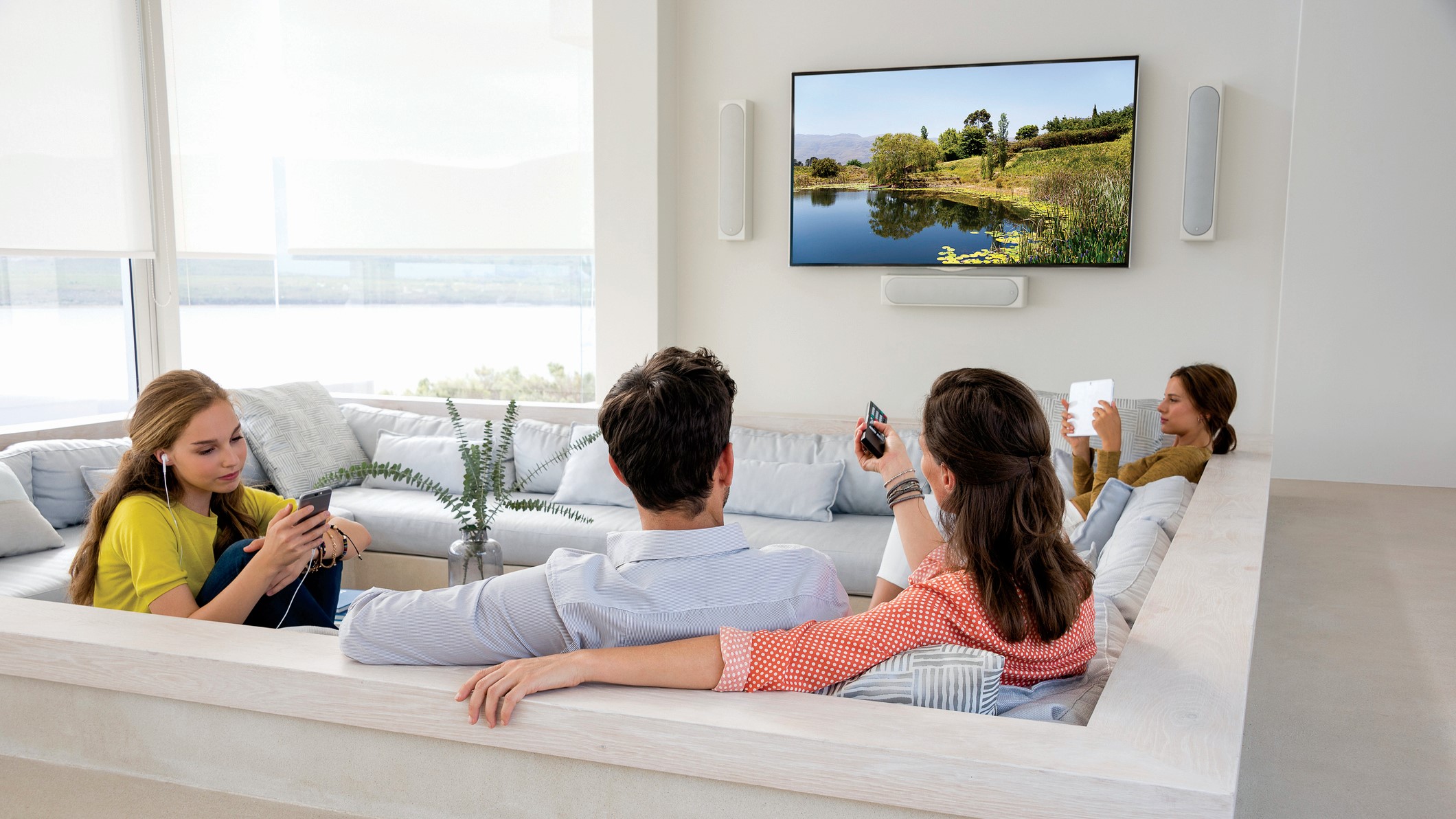It’s Broadcast TV’s Time to Shine
Has reduced quality streaming and increased internet traffic pushed more viewers towards broadcast TV?

Among other things, the coronavirus pandemic has prompted a sharp increase in internet usage that service providers were simply not prepared for. Early on in the lockdown European telco Vodafone alone reported a 50% rise in usage since the start of the outbreak. With an unprecedented amount of people confined to their homes for much of the day, broadband providers found themselves stretched to the limit to provide quoted speeds needed for home working and studying, and of course to meet our viewing requirements. In Italy, Telecom Italia reported a 70% increase in traffic due to gaming marathons during lockdown.
Back in March, the EU commissioner asked Netflix to switch to standard definition in order to alleviate internet strain. YouTube also decided to follow suit and downgraded the quality of their streams in Europe. Even the newly launched Disney+ planned to downgrade its quality from the offset. According to Statista, 80% of people in the U.K. have HD or HD ready televisions, so the difference in stream quality would have been noticeable for viewers. Is it possible that this was one of the factors that contributed to the highest viewing levels in linear TV since 2016, as observed by Ampere Analysis? With Netflix now lifting the quality restrictions, if the trends observed in linear viewing change while widespread lockdowns persist, we could conclude that video quality is a huge factor in viewing choices.
The numbers of those watching broadcast television has indeed seen a noticeable spike with vast numbers tuning in around the world to watch their leaders’ addresses during the crisis, including the 27.1 million who tuned into watch Boris Johnson announcing the U.K. lockdown on March 23. It would seem that the public are in fact hungry for certainty and accuracy in a time of great unrest and are looking to broadcasters to provide accurate information where other sources including social media sometimes do not. In fact, according to a YouGov poll last year, only 12% of us trusted information given on social media.
Among the many challenges we all face, there are two important factors that may inhibit broadcasters at this time. The nature of their content and their ability to adapt and be flexible. Those relying primarily on live event content are undoubtedly hit the hardest. Thanks to a slew of cancellations, the source of fresh content has truly begun to dry up, although the German Bundesliga football season did restart recently, albeit behind closed doors. The broadcaster’s saving grace will lie in their ability to be flexible and adapt.
Interestingly, Ampere Analysis found that the turnaround for broadcast TV in creating new content during the pandemic was faster than that for streaming services. Those who utilize remote working and maintain flexibility will find themselves better equipped to face the hurdles ahead.
Peter Mayhead is the CEO of Pebble Beach Systems.
The professional video industry's #1 source for news, trends and product and tech information. Sign up below.

